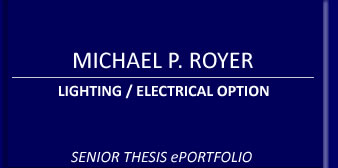ABET OUTCOMES
FOR AE481W/482 |
Outcome not able to be assesed
(Score of 0)
|
Level of ability demonstrated but below acceptable
(Score of 1)
|
Minimum acceptable level
of ability demonstrated
(Score of 2)
|
More than minimum level
of ability demonstrated
(Score of 3)
|
A. An ability to apply knowledge of mathematics, science and engineering |
5 |
5 |
5 |
n |
B. An ability to analyze and interpret data |
5 |
5 |
5 |
n |
C. An ability to design a system, compenent, or process to meet desired needs |
5 |
5 |
5 |
n |
E. An ability to identify, formulate, and solve engineering problems |
5 |
5 |
5 |
n |
F. An understanding of professional and ethical responsibility |
5 |
5 |
5 |
n |
G. An ability to communicate effectively |
5 |
5 |
5 |
n |
H. The broad education necessary to understand the impact of engineering solutions in a global and societal context |
5 |
5 |
5 |
n |
I. An ability to engage in life-long learning |
5 |
5 |
5 |
n |
J. A knowledge of contemporary issues |
5 |
5 |
5 |
n |
K. An ability to use the techniques, skills, and modern engineering tools necessary for engineering practice |
5 |
5 |
5 |
n |
O. Engineering design capabilities in at least (2) of the three (3) basic curriculum areas of architectural engineering, and that design has been integrated across the breadth of the program |
5 |
5 |
5 |
n |
P. Communication and interaction with other design professionals in the execution of building projects |
5 |
5 |
5 |
n |

